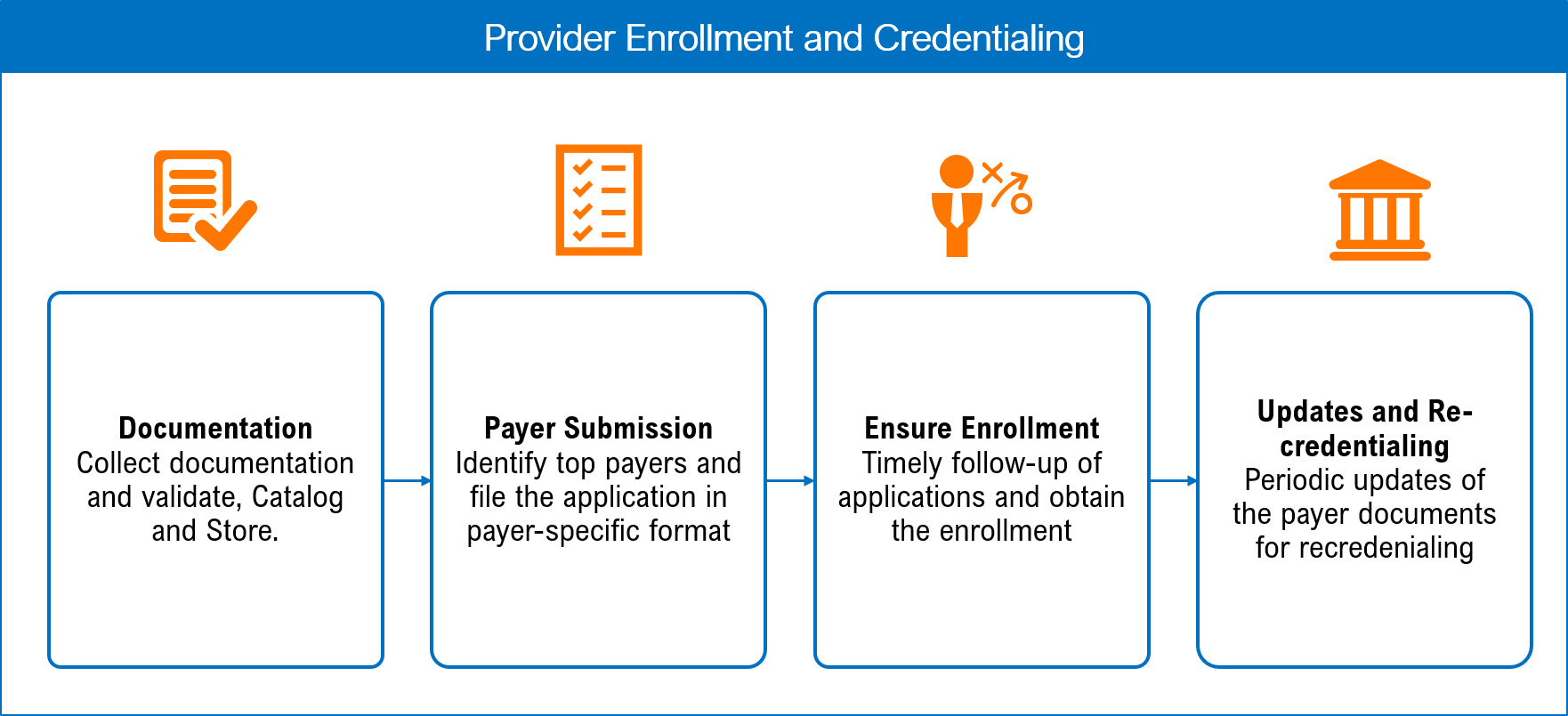
What are the adjustments codes do on the payers’ explanations of benefits and what do they mean? These codes tell the provider why all the money charged was not paid.
I have three categories for these adjustments: Contract Related, Process Related, and Patient Liability. From these categories, you should examine whether there is a payer error (not abiding by contracted rates or agreements), a billing error (something on the claim was not correct), or if the amount is owed by the patient
Payer Error and Contractual Adjustments:
- The maximum amount was paid by the insurance company based on the contract the provider holds with the insurance company – This means what the amount charged by the clinic was more than the allowed reimbursement in the provider’s contract.
- No prior Authorization – Provider contracts spell out the responsibility of the provider to acquire any prior authorization required by a policy or their payment may be reduced or denied
- Billing Guidelines – claims may be denied due to the provider not following the proper rules to bill a particular medical procedure. For instance, providers may not be paid for cosmetic procedures. The definition of “cosmetic” is usually determined by a patient’s diagnosis coded and is spelled out in coverage documents for the plan. Providers are expected to review these and submit claims appropriately.
Billing Error and Process Related Adjustments:
- Non-covered benefit – Providers are expected to check benefits for patients before they perform a procedure on a patient. Even a simple sick visit may be denied, or the payment may be reduced if an out of network provider give these services and the patient does not have out of network benefits. Another example may be when the insurance company expects a certain type of provider to perform a service (a physical therapist should not submit a claim for a throat culture for strep)
- Patient does not have active coverage – Providers must verify a patient is eligible for their insurance as of the date the service will be provided. If the service happens before, after, or during a gap in coverage, the provider is not eligible for reimbursement from the insurance company. The beginning of the year is most common for these adjustments.
- Incorrect coding – medical codes on a claim are critical to payment. Providers are ultimately responsible for which codes go on a claim. They may delegate this duty to certified coders to do a thorough job. Providers should always use current codes and not rely on Google to find the right code since there are many codes which are expired that swirl around cyberspace. For reliable codes please visit PractiSynergy.
Patient Responsibility:
- Insurance companies may not pay a claim or only partially pay a claim if the patient has some cost-share responsibility. This may be in the form of co-pays, deductibles, or co-insurance. These amounts are deducted from the amount owed by insurance companies. Providers collecting these amounts up front would be best practice.
- An insurance company may designate a patient owes the full amount charged if a provider is out of network or if the patient is not eligible for coverage on a particular date of service.
Providers should review these adjustment reasons on a regular basis to evaluate a payers’ performance (or the billing company performance). A quick check monthly on your most utilized procedure codes is also an easy way to make sure you are capturing all the revenue owed to you. PractiSynergy helps its clients with this analysis. Please contact Katie Fergus Call or Email to assist your practice review your payments and adjustments to make sure you are not missing any cash.





